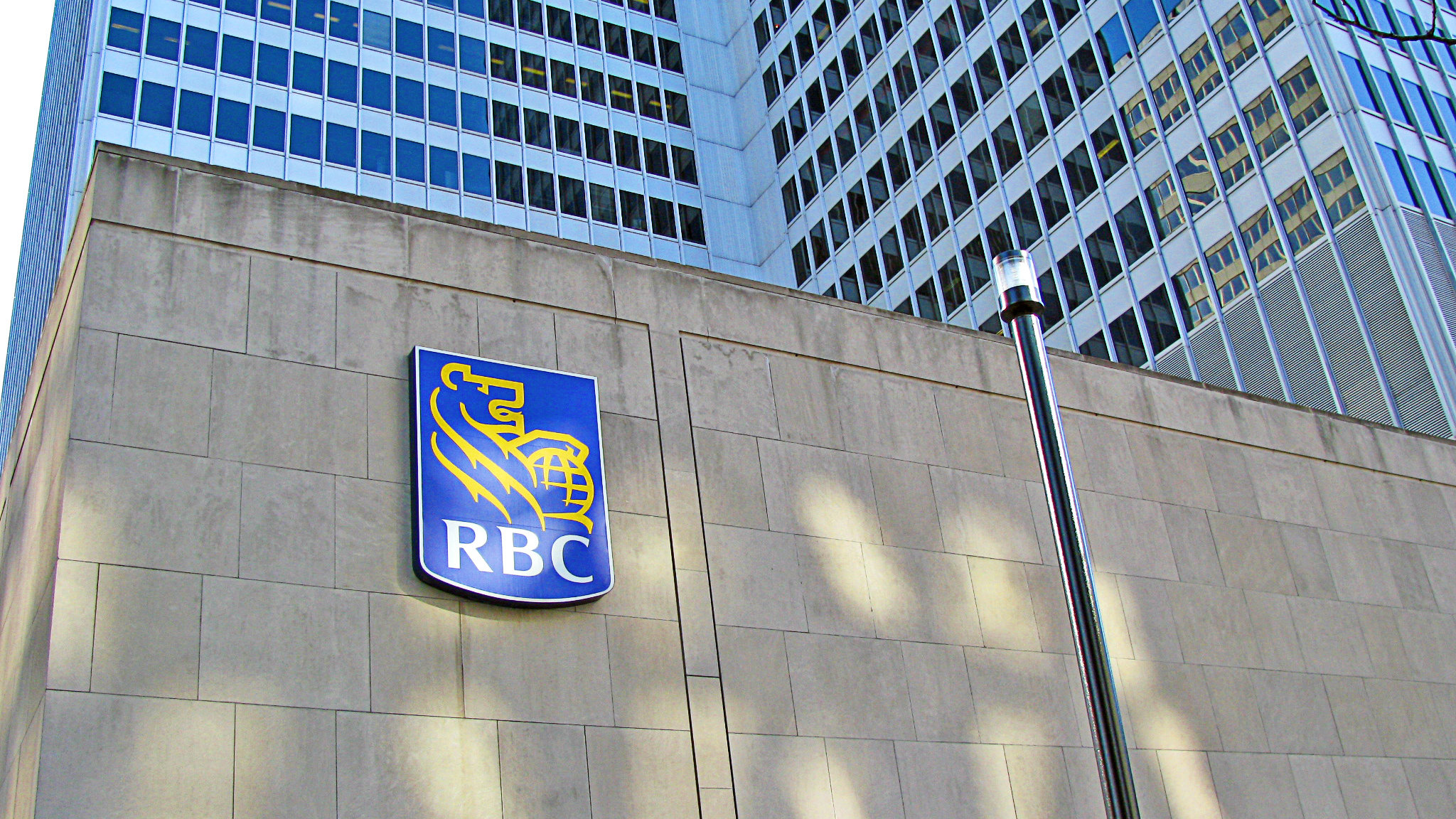Royal Bank of Canada (TSX:RY)(NYSE:RY) has surged back over the $100 mark as of close on June 12 after falling below $97 in the final week of May. This dip occurred after the release of its second-quarter results on May 24. Should investors be ready to jump on Royal Bank stock in the second half of 2018?
Back in April, I’d discussed whether a slowing economy would hurt the top Canadian bank stocks, including Royal Bank. Earnings season turned out to be impressive for most of the top banks, but the reports came with warnings over the risks of a housing slowdown that could hurt mortgage loan growth.
This is not the only risk. The G7 meeting was a disaster for U.S.-Canada relations as the Trump administration directed harsh invective at Prime Minister Trudeau, although neither side backed down on tariff threats. Royal Bank CEO Dave McKay warned in March that Canada was suffering from capital flight in the aftermath of U.S. tax reform. A prolonged trade could be devastating for Canadian growth going forward.
Rod Bolger, chief financial officer at Royal Bank, reassured investors that the bank could weather a dip in mortgage growth. This projection was based on an interest rate increase from the Bank of Canada, which would offset lost revenues from a decline in the mortgage book. Royal Bank grew its residential mortgage book by 6% in the second quarter.
Net income at Royal Bank rose 9% from Q2 2017 to $3.06 billion in the second quarter this year. The bank also posted diluted earnings per share of $2.06, representing an 11% increase from the prior year. Royal Bank saw the biggest boost in its Wealth Management segment. That segment saw profit rise 25% to $537 million, reflecting higher earnings on increased fee-based assets.
Like other banks with a footprint south of the border, Royal Bank received a boon from U.S. tax reform that had a positive impact on its earnings in the quarter. City National Bank, which was acquired by Royal Bank in 2015, posted a quarterly profit of $111 million in the second quarter.
Royal Bank stock still offers a quarterly dividend of $0.94 per share, representing a 3.6% dividend yield. Shares of Royal Bank are down 2.5% in 2018 so far, but the stock is up 6.1% year over year.
Is Royal Bank a buy in June?
The S&P/TSX Composite Index has historically posted some of its strongest returns late in the year. Bank stocks have naturally been a significant contributor to this trend. Last year Royal Bank gained over $12 in value from early September to the last week of December. The bank should continue to see a boost from U.S. operations due to tax reform, and as leadership has pointed out, it can survive a dip in its mortgage growth due to rising interest rates.
Royal Bank remains an attractive long-term buy today, but investors should expect a choppy summer with trade tensions looming large.








